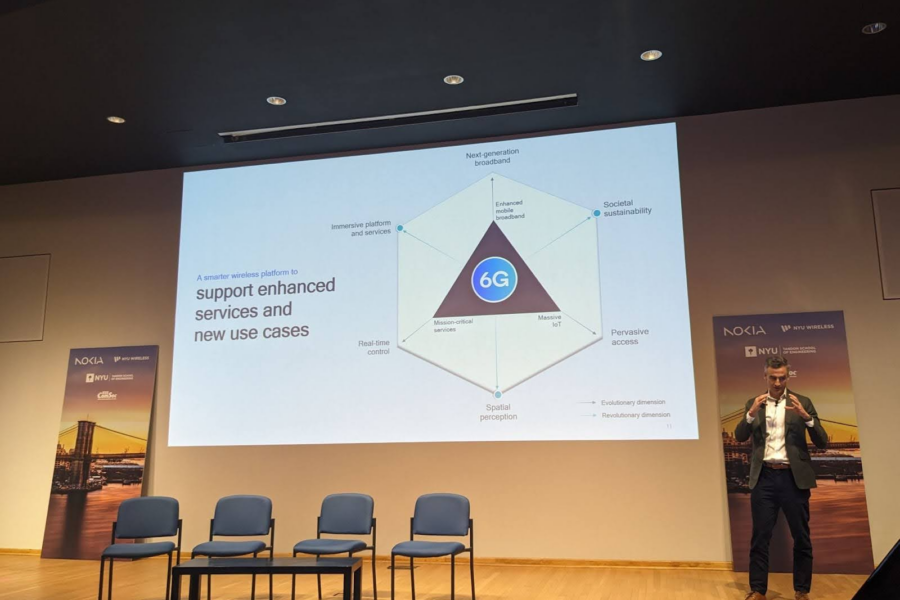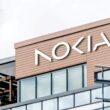6G Summit brings unusual plea from carriers: Slow your roll
NEW YORK – BROOKLYN 6G SUMMIT – On the first day of a conference meant to serve up 6G’s possibilities, cold water followed a coffee break.
“We’re getting a little bit worn out with the economics of the industry,” AT&T technology EVP Chris Sambar said in a keynote last week at the Brooklyn 6G Summit. He contrasted a cost of $6 to $8 billion to put one spectrum band into service on towers nationwide with carrier uncertainty over 6G’s return on investment.
“The capital investments, they have to be logical,” he said in an echo of earlier expressions of 6G-capex angst. “We have to have clear line of sight to the consumer use cases.”
After saying that carriers are “counting on all of you to help us figure out” 6G’s business use cases, he threw out his own guess: “The most likely use cases in the consumer world are extended reality, the metaverse.”
But the extended reality example he threw out – using goggles for outdoor training of soldiers – was nowhere near consumer grade.
A day later, Princeton University dean of engineering and applied science Andrea Goldsmith argued that with 5G already not living up to early sales pitches, a 6G business case needed grounding in consumer reality: “What are we going to do to enable new applications that people will actually pay for?”
Metaverse wishcasting
6G Summit speakers offered various answers to that question. The least specific came from Mediatek communication-system-design general manager Mingxi Fan, who offered a Field of Dreams-esque prediction in a keynote: “Once you build the roads, there will be applications that run on top.”
Many more specific ones relied on equally optimistic forecasts for metaverse adoption, at least among business customers.
“The pull that we’re seeing is really enterprise,” said Hemanth Sampath, an engineering VP at Qualcomm, on a panel devoted to metaverse prospects. Michael Höök, a radio-research area director at Ericsson, joined that endorsement, commending extended reality’s “obvious benefits in the industrial applications and on the enterprise side.”
That panel exhibited less confidence than other speakers in XR’s consumer applications. For instance, Qualcomm senior technology director Ozge Koymen predicted that “outdoor AR use cases will be big in 6G” in a keynote.
Neil Trevett, vice president of developer ecosystems at Nvidia and president of the Metaverse Standards Forum, waved off too-early optimism about how thin and light AR glasses might get.
“Everyone with an interest in XR needs to be careful to set expectations,” he warned.
The metaverse discussion closed with moderator Thierry Klein, Nokia’s president of Bell Labs Solutions Research, asking panelists for odds that this summit’s 2033 edition would happen only in the metaverse. Sentiment varied between “nope” and “maybe.” Höök drew applause as he offered a 0% prediction and said, “We need to meet, we need to go to dinner.”
A GlobalData study released last week offered more reasons for skepticism about consumer XR adoption. It speculated that enterprise adoption would fuel most of a predicted growth in global metaverse revenue from $48 billion in 2022 to $400 billion in 2030.
If not face-mounted computers, what else will drive 6G adoption? In his keynote, Qualcomm’s Koymen urged people “to look at an array of capabilities” that included digital-twin modeling of real-world things, unspecified “human augmentation” and holographic telepresence.
To read the complete article, visit Light Reading.

















